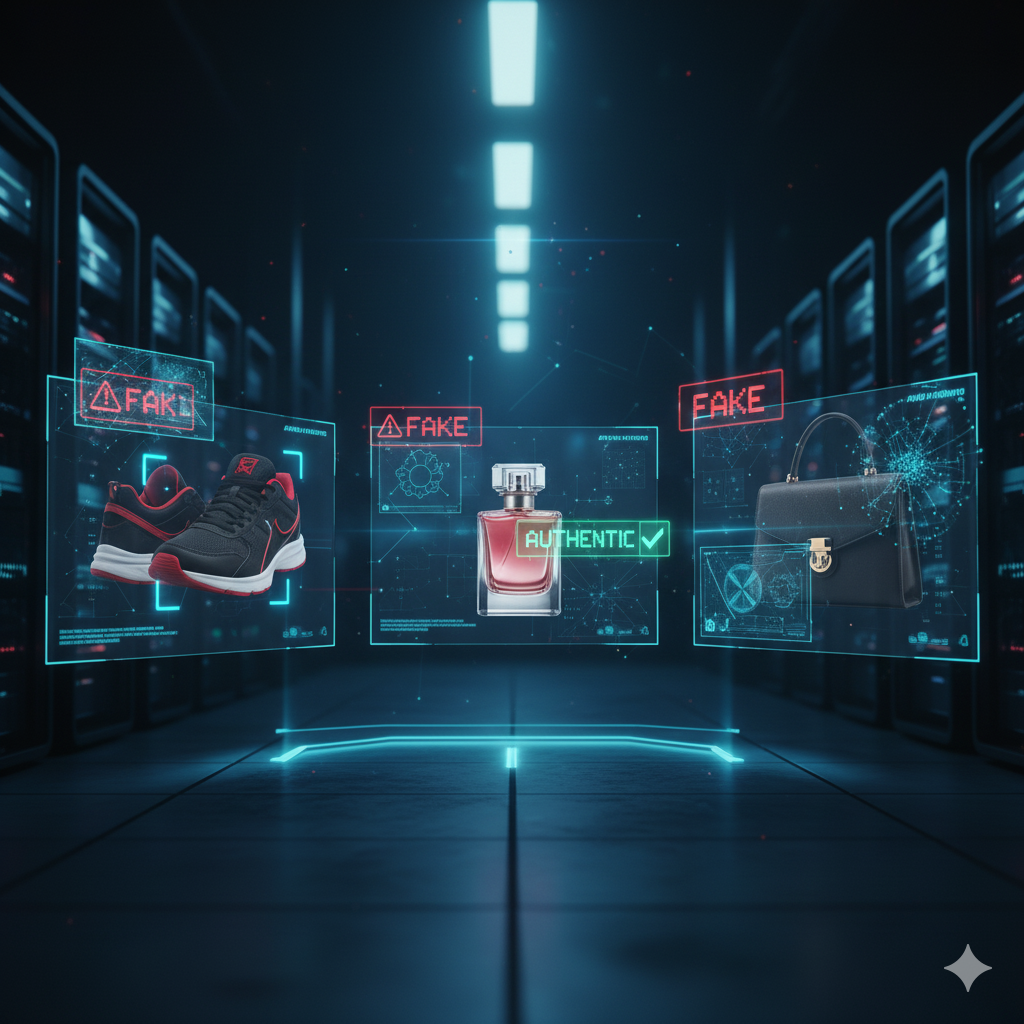Evidence as the Foundation of Brand Protection
In the fight against counterfeit products, detection is only the beginning. What determines whether a counterfeit listing is removed quickly or remains online for weeks often comes down to the quality of the evidence supporting the takedown request.
An effective evidence package is more than a collection of screenshots. It serves as the bridge between AI-driven detection and real-world enforcement. Without standardized, verifiable, and comprehensive documentation, counterfeit listings may continue to circulate, causing financial losses, reputational harm, and risks to consumer safety.
At Counterfake, evidence packages are not just a technical requirement; they are the backbone of every successful brand protection strategy.
Why Evidence Packages Matter
-Platform Action Depends on Evidence
Marketplaces such as Amazon, Cdiscount, Rakuten, and TikTok Shop receive thousands of takedown requests daily. Only those backed by clear, platform-specific evidence are processed quickly. Weak or incomplete evidence often leads to rejection or delay, providing counterfeiters with more time to profit.
-Legal Admissibility and Court Success
When cases escalate to legal proceedings, evidence integrity becomes decisive. Courts in the EU, US, and APAC require timestamped, tamper-proof, and traceable documentation. In France, CNIL regulations add further scrutiny around the handling of personal data.
-Consumer Safety and Brand Trust
Counterfeit products often involve unsafe cosmetics, electronics, or textiles. Strong evidence packages enable swift removals and create a verifiable trail that demonstrates a brand’s commitment to protecting consumers and maintaining trust.
What an Effective Evidence Package Includes
A complete evidence package should provide a 360-degree view of the infringement, including:
- Product listing details: title, description, SKU, category, and price history
- Seller information: ID, storefront link, violation history
- Visual proof: high-resolution screenshots and AI-detected logo or packaging similarities
- Transaction evidence: order confirmations, shipping records, payment proof (where available)
- Timestamps and metadata: ensuring traceability and admissibility in legal contexts
The Cost of Weak Evidence
Brands that lack strong evidence face three major risks:
- Rejected takedown requests, leaving counterfeit listings online
- Lost legal actions due to incomplete or inadmissible documentation
- Long-term erosion of consumer confidence in the brand
Weak evidence ultimately costs time, revenue, and credibility.
Counterfake’s Approach: Automated, Standardized, Scalable
Counterfake removes the bottlenecks of manual evidence preparation by providing:
- Automated capture of screenshots, metadata, and visual analysis with no risk of manipulation
- Jurisdiction-specific templates aligned with EU, US, APAC, and French CNIL standards
- Bulk processing that handles hundreds of infringements simultaneously
- Instant export of ready-to-use packages for platforms, lawyers, or enforcement bodies
This ensures that every takedown or escalation is backed by reliable, standardized evidence—delivered in seconds rather than days.
Protecting Evidence Means Protecting Brands
In brand protection, evidence is the currency of enforcement. Detection may uncover the counterfeit, but evidence is what enables action.
By automating and standardizing evidence packages, Counterfake accelerates takedowns, strengthens the legal foundation of enforcement, reduces counterfeiters’ opportunities, and safeguards both consumers and brand reputation.





